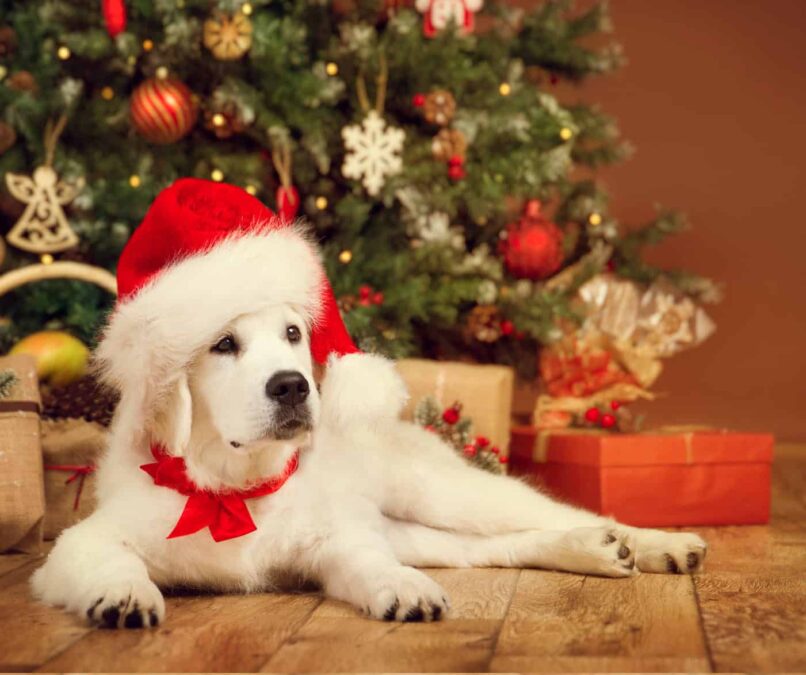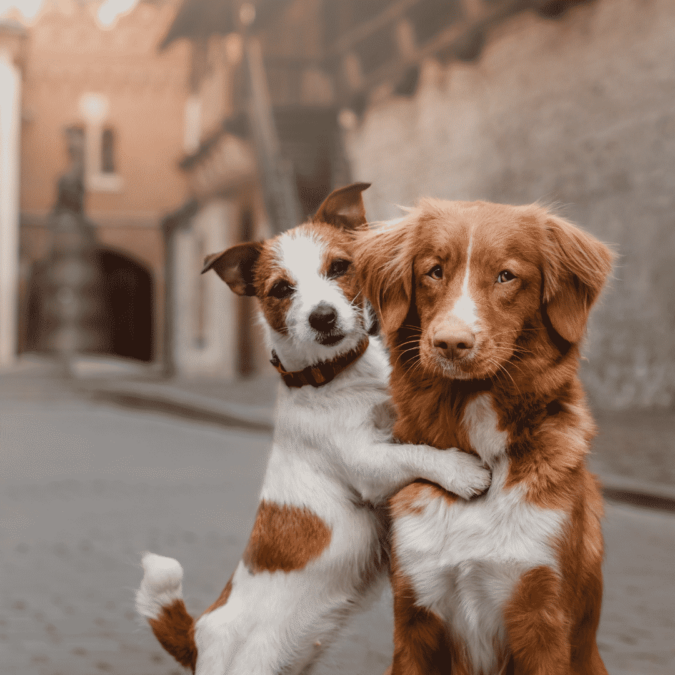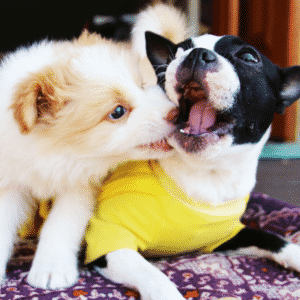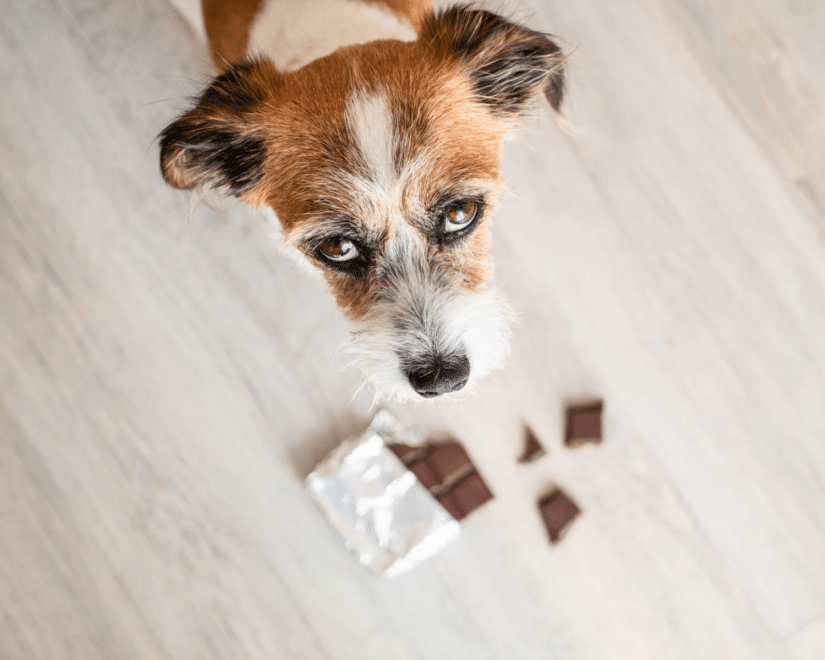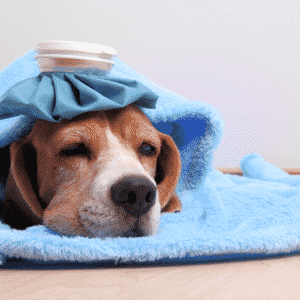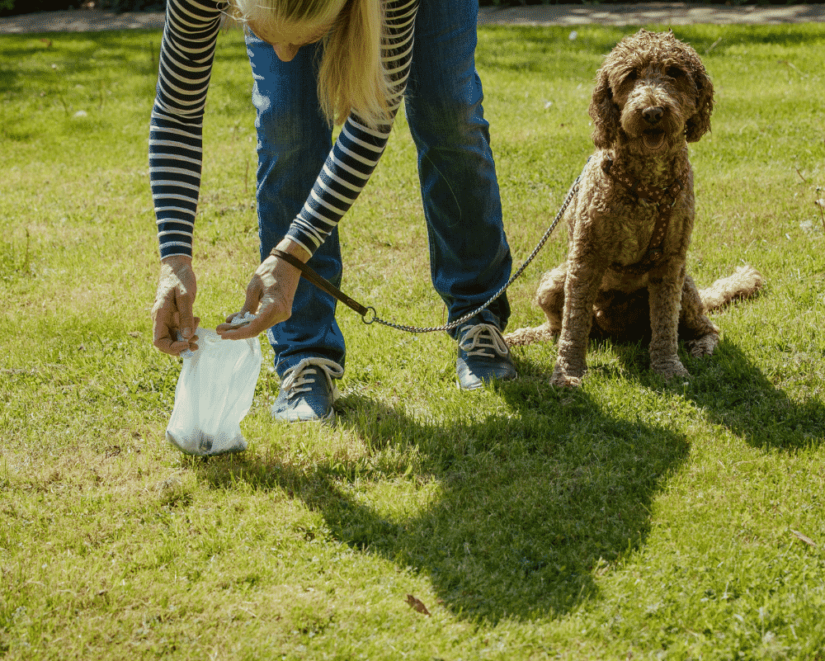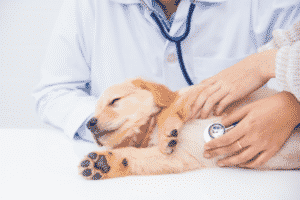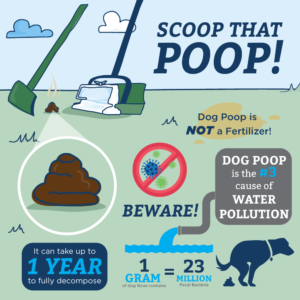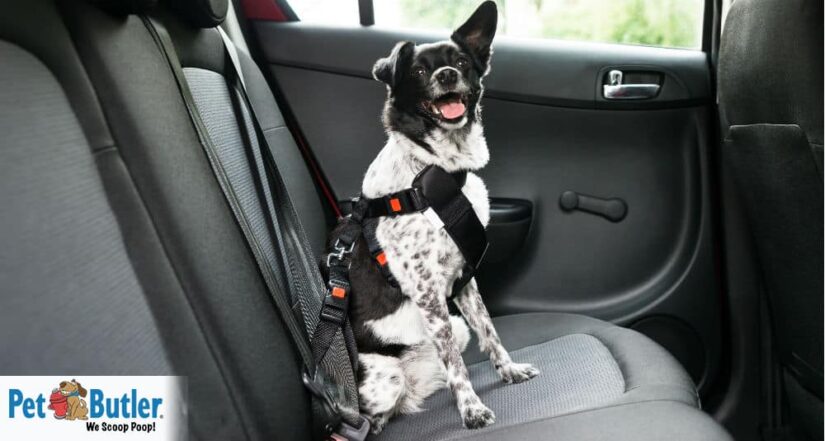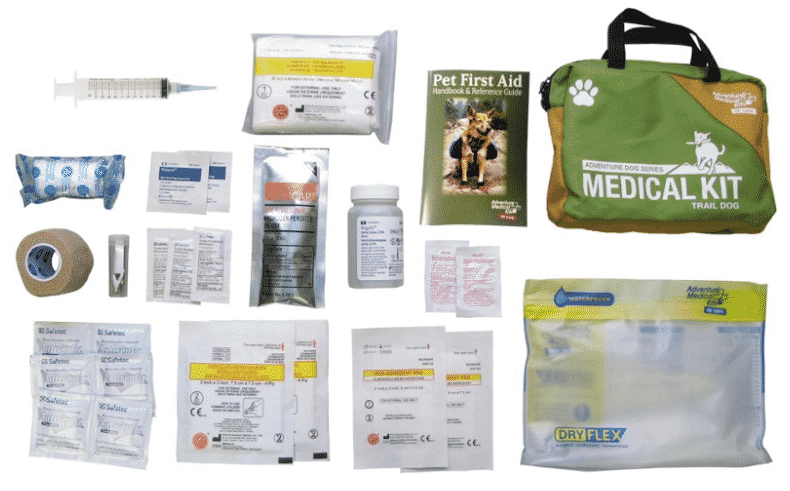One of the best ways to get into the holiday spirit, is to decorate for the occasion. As beautiful as the festive atmosphere may be, it’s also important to remember that dogs might not get along with these changes. Our treasured holiday décor many are not the safest for our pups. Before we decide to dig up that old bin of holiday decorations, there are a few things you need to keep in mind.
What should I look out for?
Does your dog like to eat things found on the floor? Do they chew on things like extension cords or cables? How many times have they ripped up items that are not toys? For our dogs, bright new things are the holy grail of a fun time. With so many shiny lights, moving objects, and fuzzy new décor everywhere, can you blame them? Understand that have a dog is just like having a kid. Be smart and prepare for their wellbeing.
What holiday items should I pay extra attention to?
Holiday Trees
Your holiday tree is the center piece of all your home. Unfortunately, they’re also not entirely dog friendly. If you think your holiday tree smells great, just imagine how they smell to your pups. Your dog’s nose smells 40x greater than ours. Making that holiday tree the biggest temptation your dog must face all year. If you haven’t already, consider buying an artificial tree instead of using the real thing. This will help in several ways.
- They Won’t Mark Their Territory – It should help prevent your dog from marking their territory on all your precious, hanging memories. Dogs love to make their scent the strongest in the room.
- They Won’t Knock It Over – Artificial trees tend to come with sturdier stands than your typical screw–in tree stand. This makes it harder for your pups to get rowdy and knock it over.
- They Can’t Eat The Pine Needles – Ingesting a large amount of pine needles is not good for your dog’s health. By opting into an artificial tree, you eliminate that danger entirely.
Holiday Ornaments
Although artificial trees are much safer, all forms of holiday trees come with risk. Fragile ornaments can be easily knocked loose and break or be seen as a shiny new chew toy. Shattered plastic or glass can get into your dog’s paw pads causing a very painful emergency trip to the vet. On a much worse scale, they can burst in your pup’s jaws resulting in much more fatal problems. Place more delicate ornaments higher on the tree and avoid any ornaments with metal hooks. Avoid using tinsel or placing any kind of food such as popcorn, cranberries, or candy canes in sight of your pup.
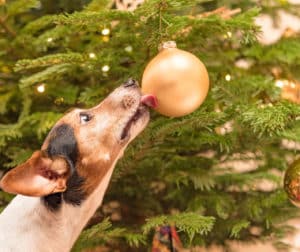
Holiday Lights
Beautifully colored lights are festive and fun ways to brighten up your home each winter. However, it is because of this beauty that they can be very dangerous for your dogs. Pets have a tendency to chew on wires and burn themselves on hot bulbs. During the holiday season, many pet stores sell pet-proof extension cords or chewing deterrent sprays on exposed cables. If too hot, holiday bulbs can burn your pet’s mouth or burst into tiny shards of glass. Generally, try to organize the lights in a manner that won’t have much contact with the ground.
Holiday Plants
There are many kinds of plants and flowers that people use to spruce up the home with during the holidays. Festive botanical decor like mistletoe and holly, and extremely toxic for dogs. The traditional holiday Poinsettias are a bit less dangerous but are more likely to be eaten based on smell. These flowers cause serious upset stomachs and in large amounts, could prove much worse. As a replacement, consider buying fake plants or deciding on silk plants for decoration.
Other Holiday Décor
Many of us like to create our own winter wonderland indoors. As tempting as that may be, using items like angel hair or artificial snow to decorate can be fatal to your dogs. This type of fluffy décor can be very appealing to a pup. If consumed, it can cause intestinal blockage and become toxic if consumed. Ribbons, bows, and yarn should be placed thoughtfully around the house. If eaten, like other items, they can cause irritation and digestive issues.
Being thoughtful when decorating your home is easy when you have a guide to get you there. At Pet Butler, we want you and your pups to enjoy the holiday season for years to come. Don’t waste your time together picking your pets poop, let Pet Butler do it for you. We scoop poop so you don’t have to. Schedule your scooping service now!
